Crosslink-Net: Double-branch Encoder Segmentation Network via Fusing Vertical and Horizontal Convolutions
Jul 24, 2021Qian Yu, Lei Qi, Luping Zhou, Lei Wang, Yilong Yin, Yinghuan Shi, Wuzhang Wang, Yang Gao
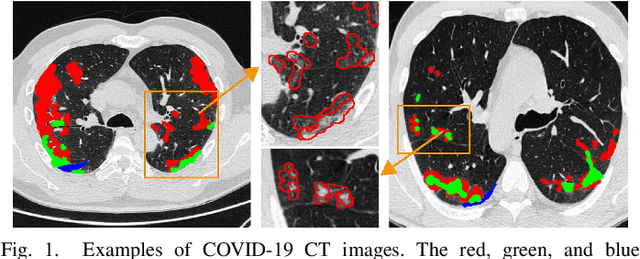
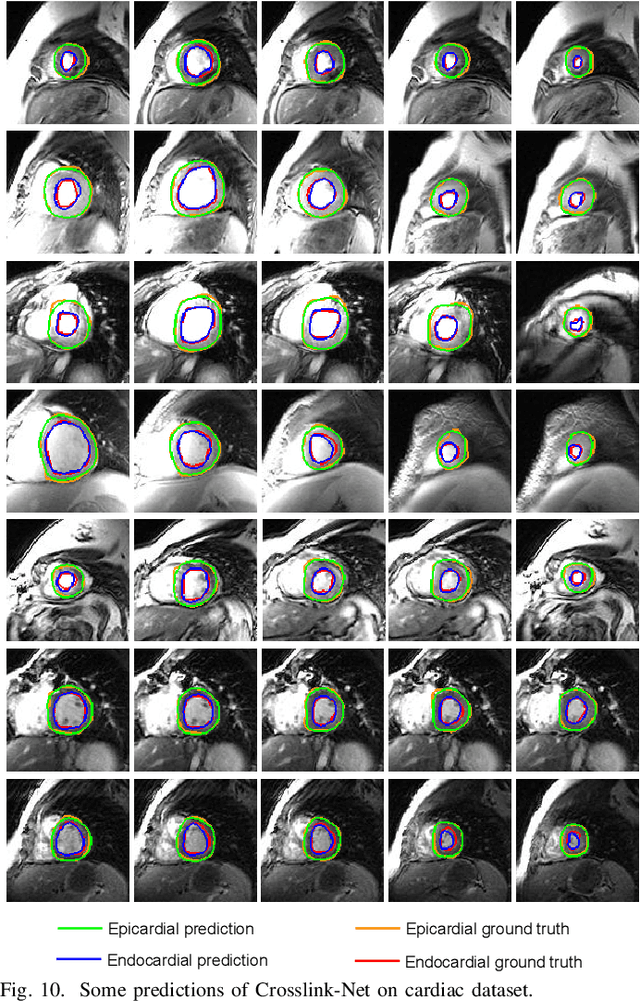
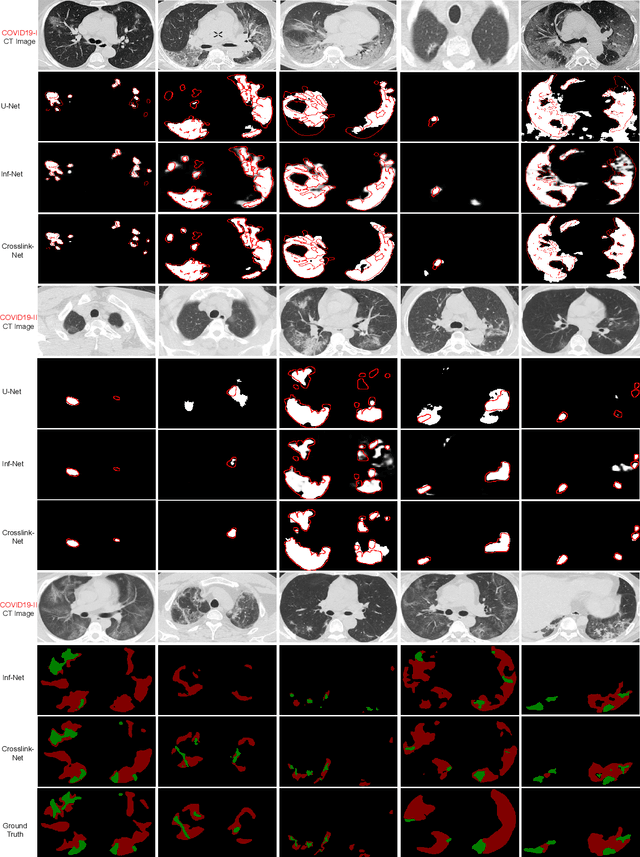

Accurate image segmentation plays a crucial role in medical image analysis, yet it faces great challenges of various shapes, diverse sizes, and blurry boundaries. To address these difficulties, square kernel-based encoder-decoder architecture has been proposed and widely used, but its performance remains still unsatisfactory. To further cope with these challenges, we present a novel double-branch encoder architecture. Our architecture is inspired by two observations: 1) Since the discrimination of features learned via square convolutional kernels needs to be further improved, we propose to utilize non-square vertical and horizontal convolutional kernels in the double-branch encoder, so features learned by the two branches can be expected to complement each other. 2) Considering that spatial attention can help models to better focus on the target region in a large-sized image, we develop an attention loss to further emphasize the segmentation on small-sized targets. Together, the above two schemes give rise to a novel double-branch encoder segmentation framework for medical image segmentation, namely Crosslink-Net. The experiments validate the effectiveness of our model on four datasets. The code is released at https://github.com/Qianyu1226/Crosslink-Net.
Triplet is All You Need with Random Mappings for Unsupervised Visual Representation Learning
Jul 22, 2021Wenbin Li, Xuesong Yang, Meihao Kong, Lei Wang, Jing Huo, Yang Gao, Jiebo Luo
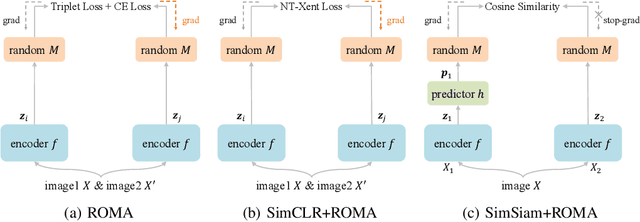
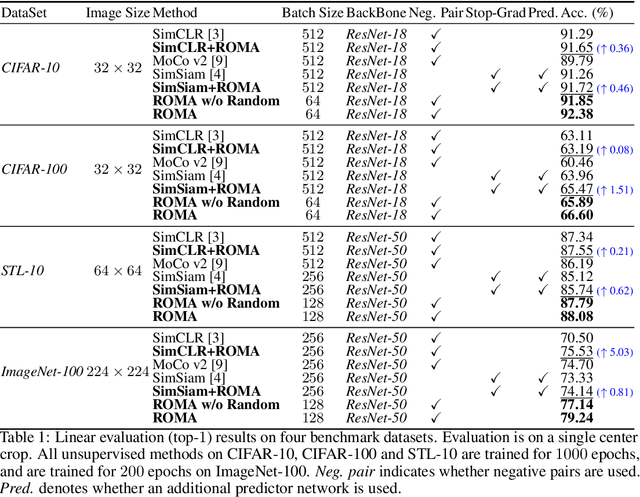
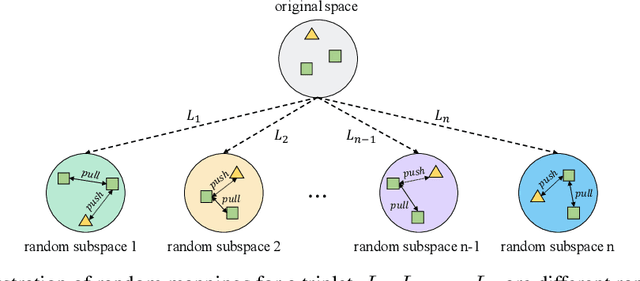

Contrastive self-supervised learning (SSL) has achieved great success in unsupervised visual representation learning by maximizing the similarity between two augmented views of the same image (positive pairs) and simultaneously contrasting other different images (negative pairs). However, this type of methods, such as SimCLR and MoCo, relies heavily on a large number of negative pairs and thus requires either large batches or memory banks. In contrast, some recent non-contrastive SSL methods, such as BYOL and SimSiam, attempt to discard negative pairs by introducing asymmetry and show remarkable performance. Unfortunately, to avoid collapsed solutions caused by not using negative pairs, these methods require sophisticated asymmetry designs. In this paper, we argue that negative pairs are still necessary but one is sufficient, i.e., triplet is all you need. A simple triplet-based loss can achieve surprisingly good performance without requiring large batches or asymmetry. Moreover, we observe that unsupervised visual representation learning can gain significantly from randomness. Based on this observation, we propose a simple plug-in RandOm MApping (ROMA) strategy by randomly mapping samples into other spaces and enforcing these randomly projected samples to satisfy the same correlation requirement. The proposed ROMA strategy not only achieves the state-of-the-art performance in conjunction with the triplet-based loss, but also can further effectively boost other SSL methods.
Signal Acquisition of Luojia-1A Low Earth Orbit Navigation Augmentation System with Software Defined Receiver
May 31, 2021Liang Chen, Xiangchen Lu, Nan Shen, Lei Wang, Yuan Zhuang, Ye Su, Deren Li, Ruizhi Chen
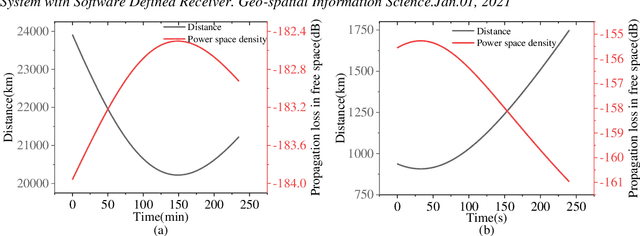
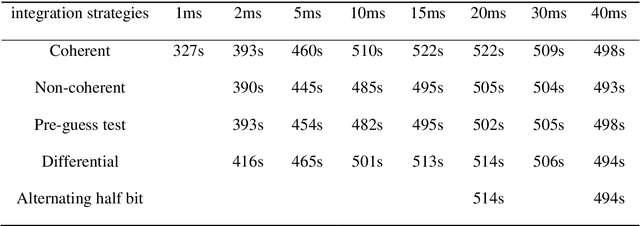
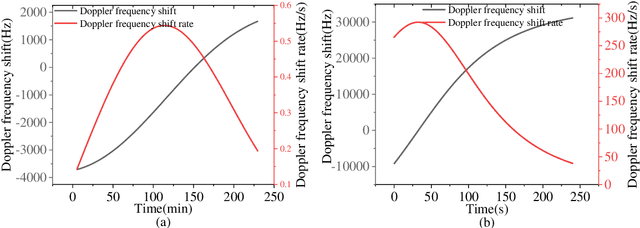
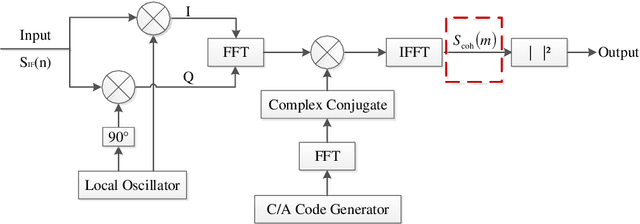
Low earth orbit (LEO) satellite navigation signal can be used as an opportunity signal in case of a Global navigation satellite system (GNSS) outage, or as an enhancement means of traditional GNSS positioning algorithms. No matter which service mode is used, signal acquisition is the prerequisite of providing enhanced LEO navigation service. Compared with the medium orbit satellite, the transit time of the LEO satellite is shorter. Thus, it is of great significance to expand the successful acquisition time range of the LEO signal. Previous studies on LEO signal acquisition are based on simulation data. However, signal acquisition research based on real data is very important. In this work, the signal characteristics of LEO satellite: power space density in free space and the Doppler shift of LEO satellite are individually studied. The unified symbol definitions of several integration algorithms based on the parallel search signal acquisition algorithm are given. To verify these algorithms for LEO signal acquisition, a software-defined receiver (SDR) is developed. The performance of those integration algorithms on expanding the successful acquisition time range is verified by the real data collected from the Luojia-1A satellite. The experimental results show that the integration strategy can expand the successful acquisition time range, and it will not expand indefinitely with the integration duration.
RFCBF: enhance the performance and stability of Fast Correlation-Based Filter
May 30, 2021Xiongshi Deng, Min Li, Lei Wang, Qikang Wan
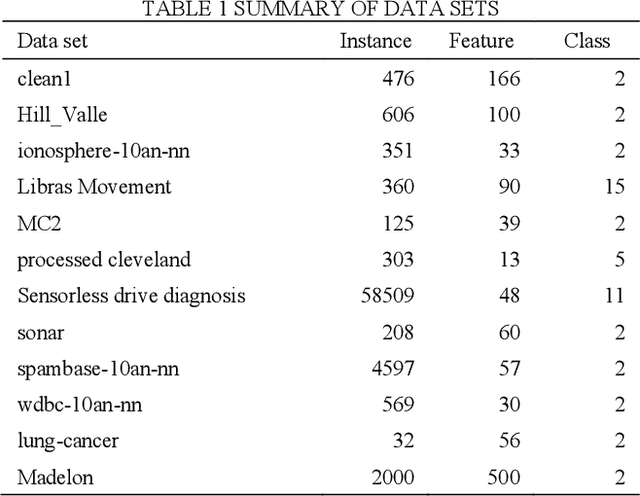
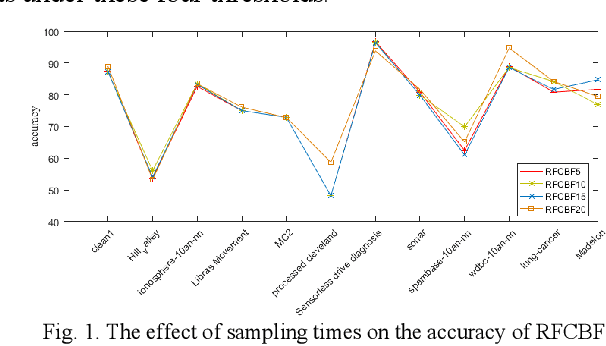
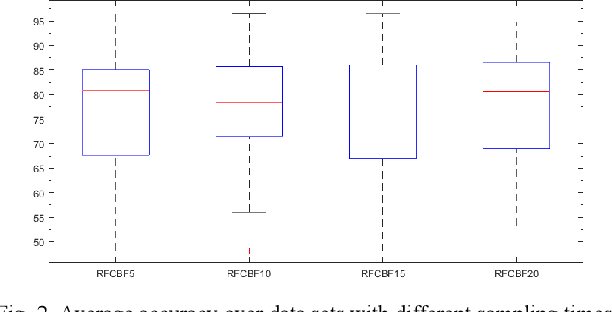
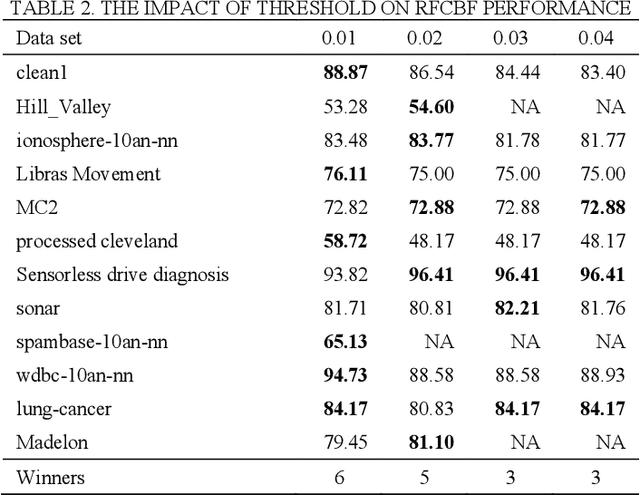
Feature selection is a preprocessing step which plays a crucial role in the domain of machine learning and data mining. Feature selection methods have been shown to be effctive in removing redundant and irrelevant features, improving the learning algorithm's prediction performance. Among the various methods of feature selection based on redundancy, the fast correlation-based filter (FCBF) is one of the most effective. In this paper, we proposed a novel extension of FCBF, called RFCBF, which combines resampling technique to improve classification accuracy. We performed comprehensive experiments to compare the RFCBF with other state-of-the-art feature selection methods using the KNN classifier on 12 publicly available data sets. The experimental results show that the RFCBF algorithm yields significantly better results than previous state-of-the-art methods in terms of classification accuracy and runtime.
Hybrid gene selection approach using XGBoost and multi-objective genetic algorithm for cancer classification
May 30, 2021Xiongshi Deng, Min Li, Shaobo Deng, Lei Wang
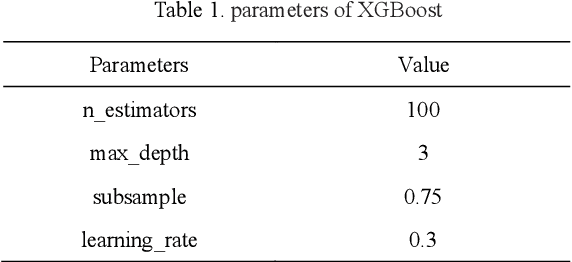
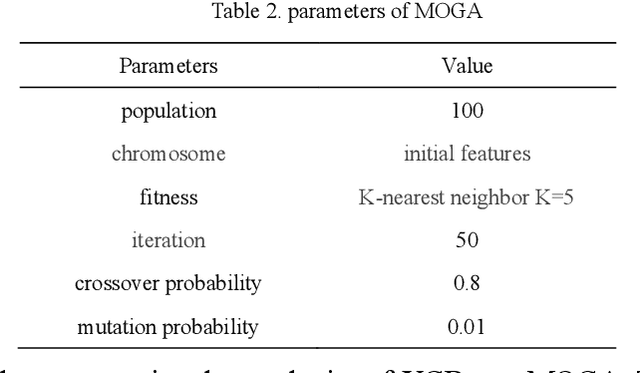
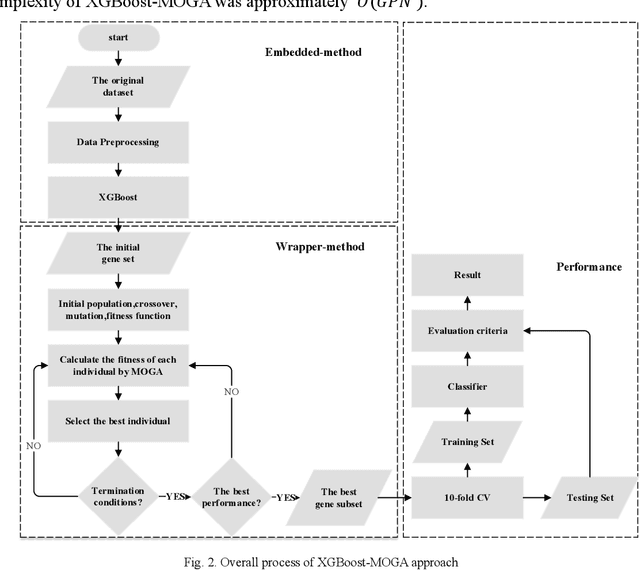
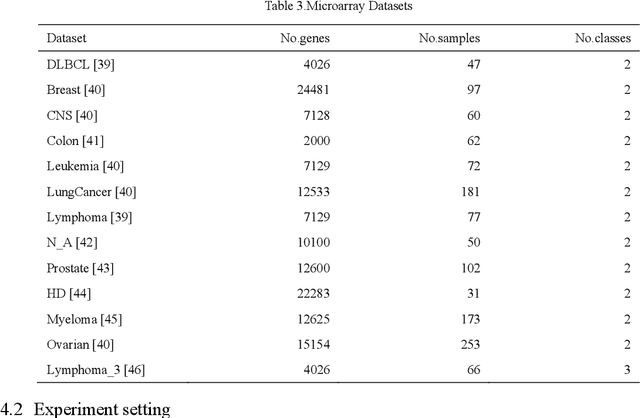
Microarray gene expression data are often accompanied by a large number of genes and a small number of samples. However, only a few of these genes are relevant to cancer, resulting in signigicant gene selection challenges. Hence, we propose a two-stage gene selection approach by combining extreme gradient boosting (XGBoost) and a multi-objective optimization genetic algorithm (XGBoost-MOGA) for cancer classification in microarray datasets. In the first stage, the genes are ranked use an ensemble-based feature selection using XGBoost. This stage can effectively remove irrelevant genes and yield a group comprising the most relevant genes related to the class. In the second stage, XGBoost-MOGA searches for an optimal gene subset based on the most relevant genes's group using a multi-objective optimization genetic algorithm. We performed comprehensive experiments to compare XGBoost-MOGA with other state-of-the-art feature selection methods using two well-known learning classifiers on 13 publicly available microarray expression datasets. The experimental results show that XGBoost-MOGA yields significantly better results than previous state-of-the-art algorithms in terms of various evaluation criteria, such as accuracy, F-score, precision, and recall.
A Novel Framework Integrating AI Model and Enzymological Experiments Promotes Identification of SARS-CoV-2 3CL Protease Inhibitors and Activity-based Probe
May 29, 2021Fan Hu, Lei Wang, Yishen Hu, Dongqi Wang, Weijie Wang, Jianbing Jiang, Nan Li, Peng Yin
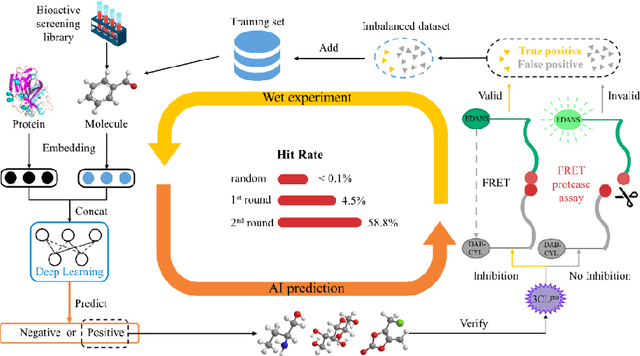
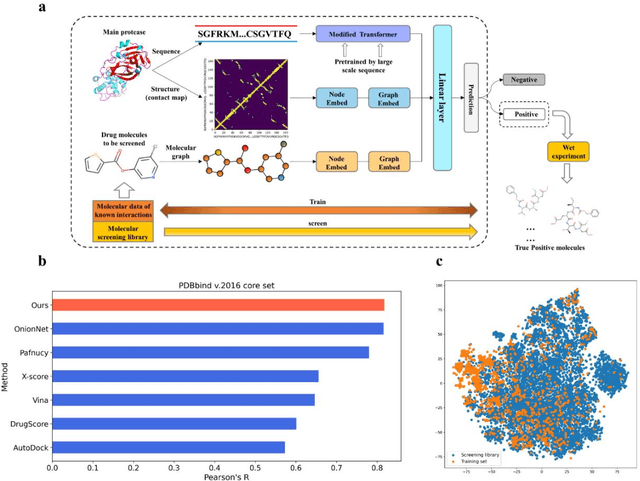
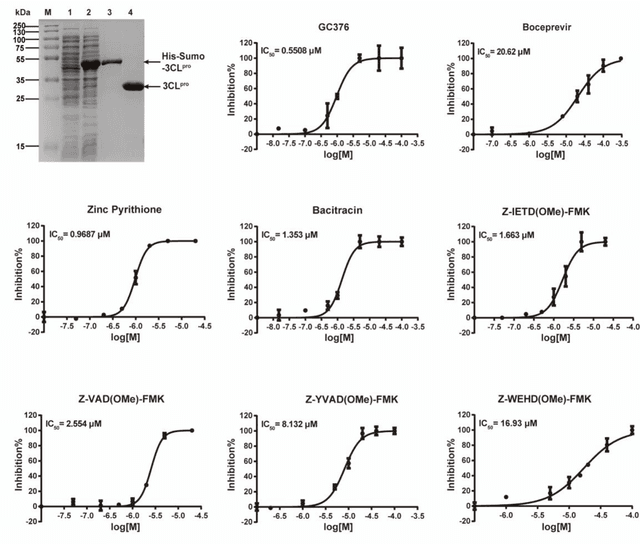
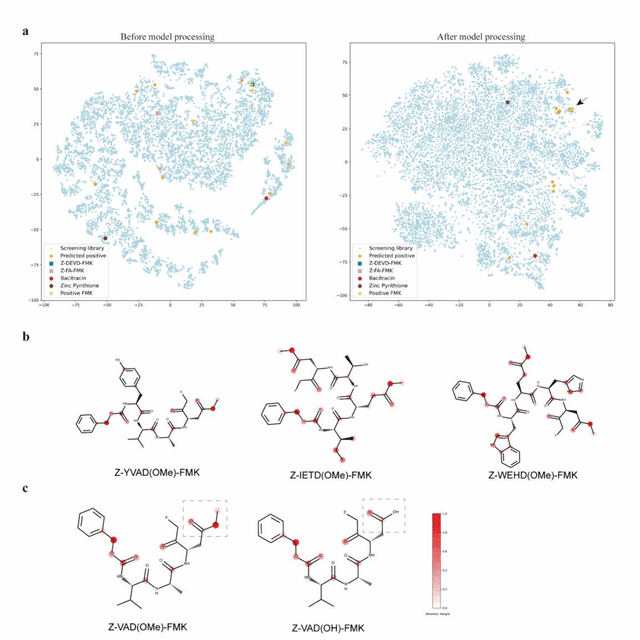
The identification of protein-ligand interaction plays a key role in biochemical research and drug discovery. Although deep learning has recently shown great promise in discovering new drugs, there remains a gap between deep learning-based and experimental approaches. Here we propose a novel framework, named AIMEE, integrating AI Model and Enzymology Experiments, to identify inhibitors against 3CL protease of SARS-CoV-2, which has taken a significant toll on people across the globe. From a bioactive chemical library, we have conducted two rounds of experiments and identified six novel inhibitors with a hit rate of 29.41%, and four of them showed an IC50 value less than 3 {\mu}M. Moreover, we explored the interpretability of the central model in AIMEE, mapping the deep learning extracted features to domain knowledge of chemical properties. Based on this knowledge, a commercially available compound was selected and proven to be an activity-based probe of 3CLpro. This work highlights the great potential of combining deep learning models and biochemical experiments for intelligent iteration and expanding the boundaries of drug discovery.
Investigating Math Word Problems using Pretrained Multilingual Language Models
May 19, 2021Minghuan Tan, Lei Wang, Lingxiao Jiang, Jing Jiang
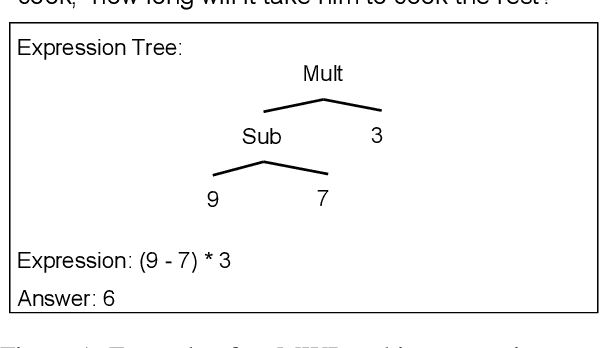
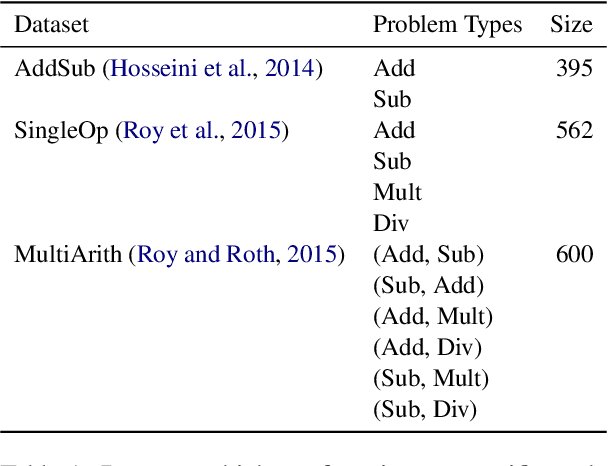
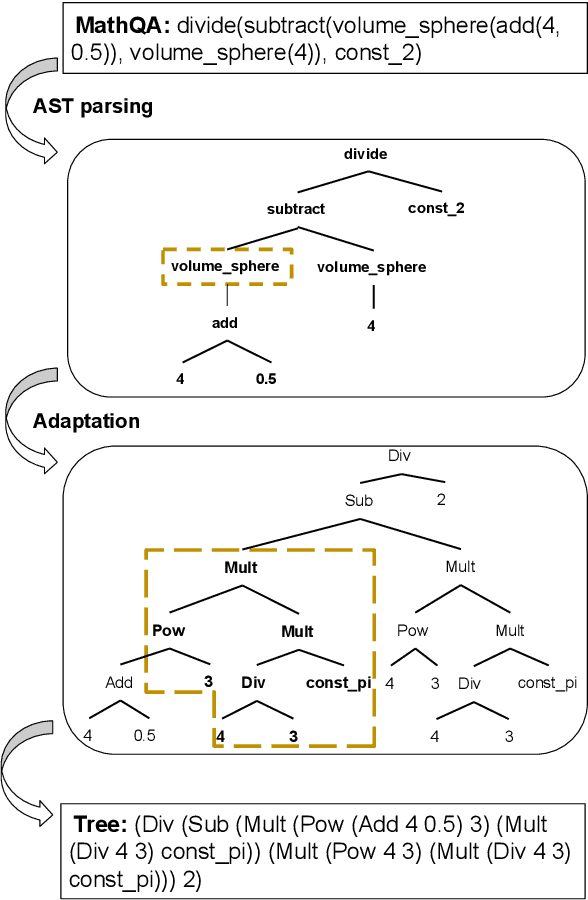

In this paper, we revisit math word problems~(MWPs) from the cross-lingual and multilingual perspective. We construct our MWP solvers over pretrained multilingual language models using sequence-to-sequence model with copy mechanism. We compare how the MWP solvers perform in cross-lingual and multilingual scenarios. To facilitate the comparison of cross-lingual performance, we first adapt the large-scale English dataset MathQA as a counterpart of the Chinese dataset Math23K. Then we extend several English datasets to bilingual datasets through machine translation plus human annotation. Our experiments show that the MWP solvers may not be transferred to a different language even if the target expressions have the same operator set and constants. But for both cross-lingual and multilingual cases, it can be better generalized if problem types exist on both source language and target language.
Ab-initio study of interacting fermions at finite temperature with neural canonical transformation
May 18, 2021Hao Xie, Linfeng Zhang, Lei Wang


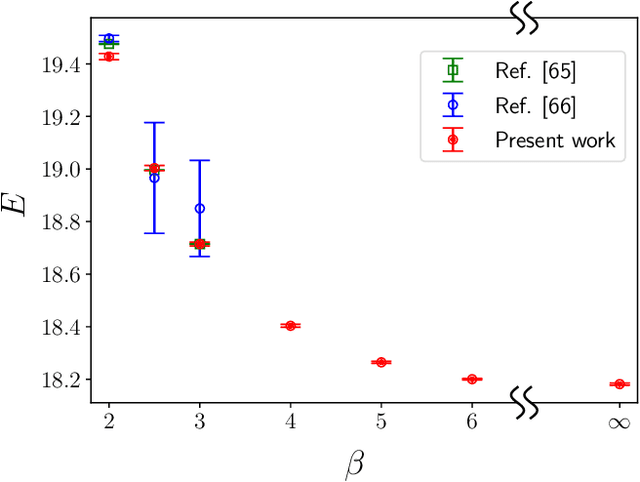
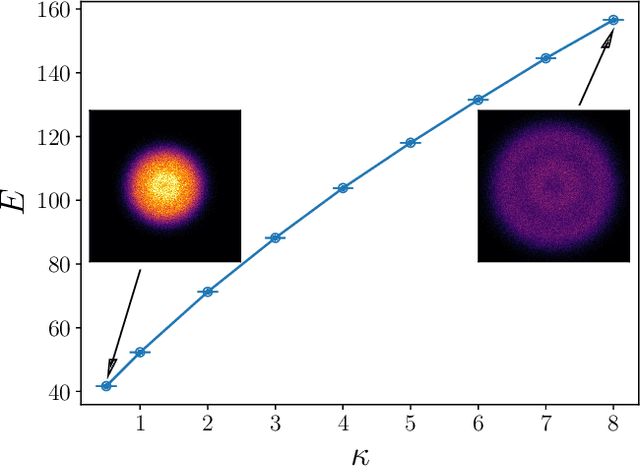
We present a variational density matrix approach to the thermal properties of interacting fermions in the continuum. The variational density matrix is parametrized by a permutation equivariant many-body unitary transformation together with a discrete probabilistic model. The unitary transformation is implemented as a quantum counterpart of neural canonical transformation, which incorporates correlation effects via a flow of fermion coordinates. As the first application, we study electrons in a two-dimensional quantum dot with an interaction-induced crossover from Fermi liquid to Wigner molecule. The present approach provides accurate results in the low-temperature regime, where conventional quantum Monte Carlo methods face severe difficulties due to the fermion sign problem. The approach is general and flexible for further extensions, thus holds the promise to deliver new physical results on strongly correlated fermions in the context of ultracold quantum gases, condensed matter, and warm dense matter physics.
Leveraging Third-Order Features in Skeleton-Based Action Recognition
May 05, 2021Zhenyue Qin, Yang Liu, Pan Ji, Dongwoo Kim, Lei Wang, Bob McKay, Saeed Anwar, Tom Gedeon
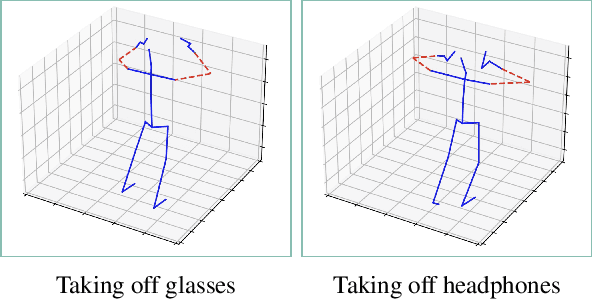
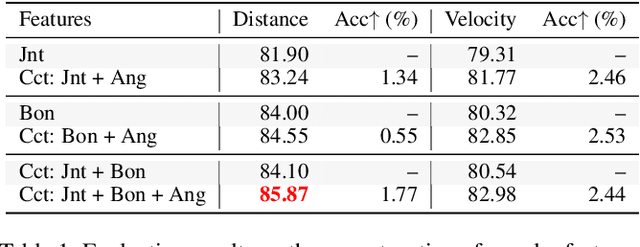
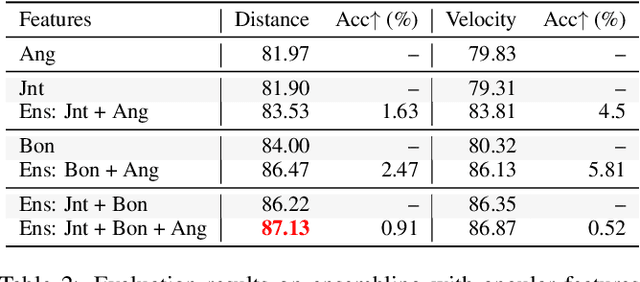

Skeleton sequences are light-weight and compact, and thus ideal candidates for action recognition on edge devices. Recent skeleton-based action recognition methods extract features from 3D joint coordinates as spatial-temporal cues, using these representations in a graph neural network for feature fusion, to boost recognition performance. The use of first- and second-order features, i.e., joint and bone representations has led to high accuracy, but many models are still confused by actions that have similar motion trajectories. To address these issues, we propose fusing third-order features in the form of angles into modern architectures, to robustly capture the relationships between joints and body parts. This simple fusion with popular spatial-temporal graph neural networks achieves new state-of-the-art accuracy in two large benchmarks, including NTU60 and NTU120, while employing fewer parameters and reduced run time. Our sourcecode is publicly available at: https://github.com/ZhenyueQin/Angular-Skeleton-Encoding.
 Add to Chrome
Add to Chrome Add to Firefox
Add to Firefox Add to Edge
Add to Edge